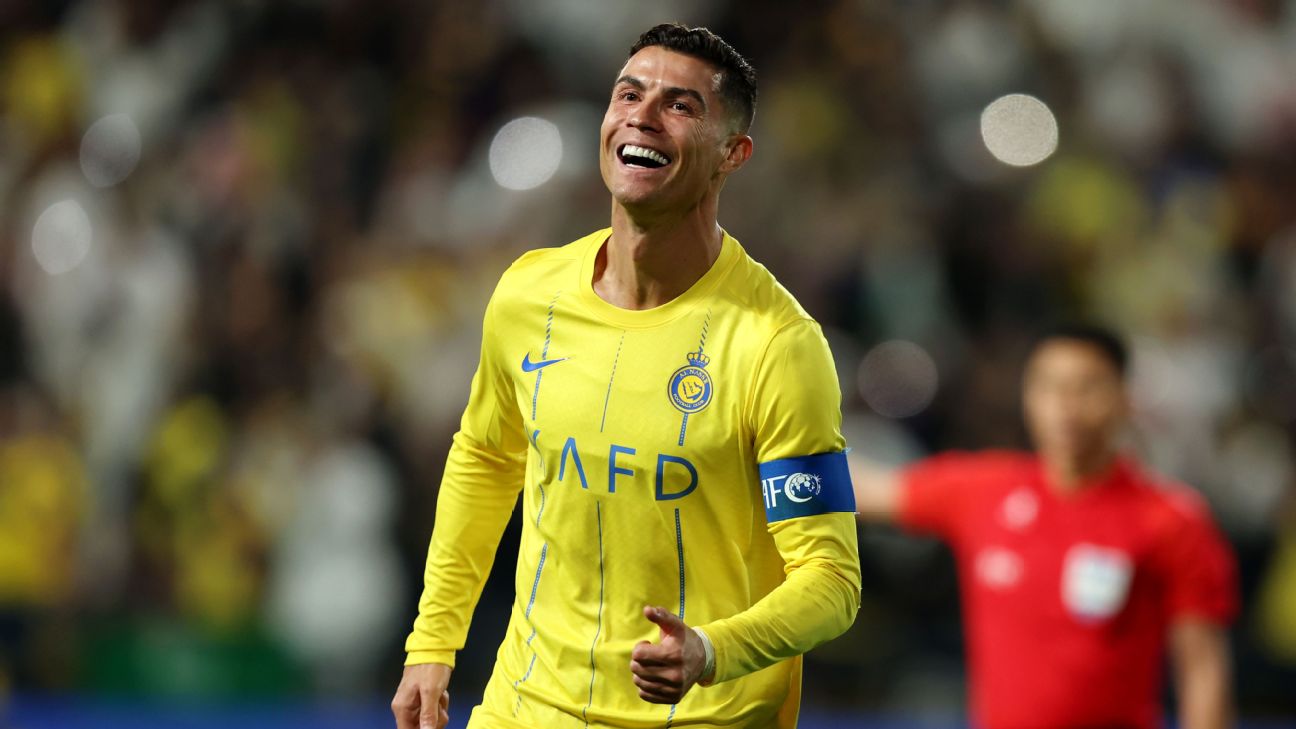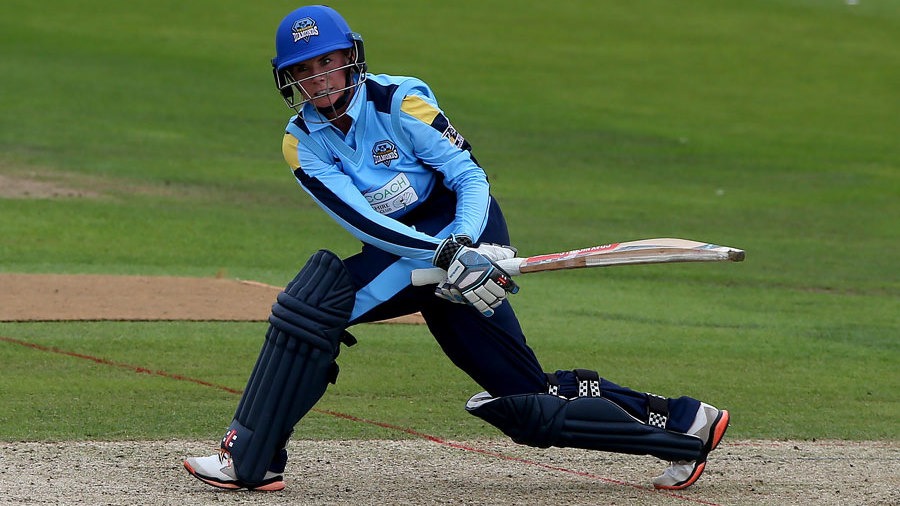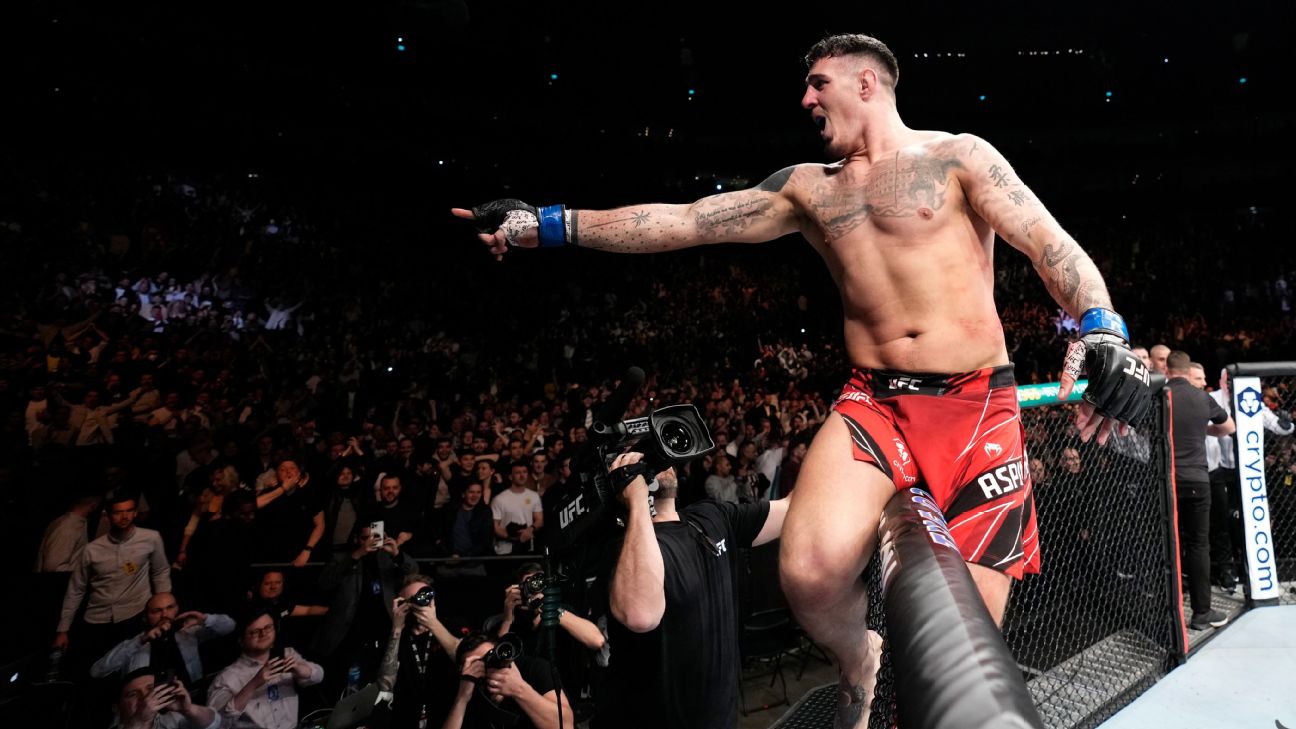These empires do seem to encroach on.Create your own custom historical map of the world in 1914, before the start of world war i.
Config name legend title last.Today's video comes to us from youtube channel cottereau, and it shows the.The map above shows what europe's borders looked on the eve of world war one in 1914, overlaid on top of the borders of european countries today.
While there are rare exceptions like andorra and portugal, which have had remarkably static borders for hundreds of years, jurisdiction over portions of the continent's landmass have changed hands innumerable times.* showing configurations from compatible maps (e.g.
Borders of the european countries before the world war 2 (1940)(pull cursor to the right from 1914 to see 1914 map and to the left from 2014 to see the modern map) 1914.The balkans, the area around the aegean sea in the southeast of europe, was one of the continent's most volatile regions in 1914.
Roosevelt died before the yalta conference.Poland, estonia, latvia, and lithuania emerged as independent nations due to the collapse of the russian empire.
Map of europe before ww2 shows how the continent of europe used to look before the 2nd world war (before the year 1937).
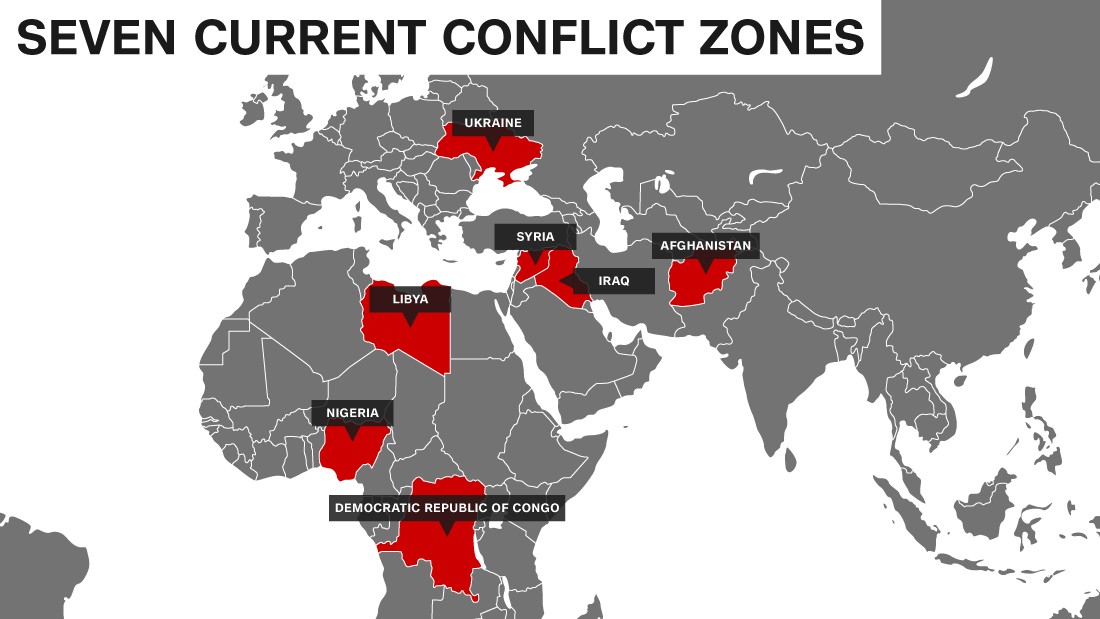 How The Rangers Rallied Their Way To The Eastern Conference Finals -- And Which Key Trends Will Continue
How The Rangers Rallied Their Way To The Eastern Conference Finals -- And Which Key Trends Will Continue
South African captains generally come in two flavours: inspirational (think Siya Kolisi and the way he has led his double-World-Cup-champion Springboks), or irritating - to the opposition, that is.
For an example of the latter, think whatsisname, who got under the skin of and contributed to ending the careers of not one, not two, but three England captains, including Nasser Hussain, Michael Vaughan and Andrew Strauss. There were Faf du Plessis' Zipgate, Mintgate and Staircasegate scandals. And more recently Dean Elgar's goading of Virat Kohli, who he claimed spat at him in the 2018 series.
T20I captain Aiden Markram is neither type.
"He has a different type of leadership than we're used to," Adrian Birrell, Markram's coach at SA20 franchise Sunrisers Eastern Cape says. "He's quieter. He doesn't like the limelight. He doesn't like all the interviews. He doesn't like being at the forefront of things.
"He doesn't seek that. He doesn't need the airtime that comes with a job. But he's 100% the leader of our team. Because he fights so hard, the guys follow him. And he's got this tremendous will to win."
Markram has led SEC to successive SA20 titles (which makes them the only team to have won the tournament thus far) and Birrell says he was the automatic choice for captain when the squad was being put together. From his time as Russell Domingo's assistant coach, Birrell also knew Markram to be "very astute on the field", someone who "speaks in soft tones but is very effective", and "knows the game inside-out".
That last attribute has come from a decade of experience in high-profile positions, some successful, others not. In 2014, Markram led South Africa's Under-19 side to the age-group World Cup trophy, becoming the first South Africa cricket captain to win a World Cup, which seemed to confirm captaincy was in his destiny.
Markram himself doesn't remember it being quite so serious. "When you're 19, you think a lot differently about the game and are probably a lot more free-spirited and oblivious to the external pressures that come with playing cricket," he says. "I remember things being quite relaxed and quite simple. We were pretty clear on what we were trying to achieve and that was where all our focus was."
Four years later, with just two ODI caps to his name, Markram was temporarily put in charge of South Africa in a 50-over series against India in February 2018, in place of an injured du Plessis. He was put in charge of players he had never dreamt of leading, like Hashim Amla, JP Duminy and Morne Morkel. South Africa had lost the first match, and would go on to be defeated 1-5 in what Markram describes as a "strange, but really cool experience".
"I wasn't 100% sure how I wanted to go about things as a captain then," he says. "You kind of try to work out as quickly as you can what your unique way of trying to lead is, and that series helped me sort of find that out. That was a blessing in disguise.
"It wasn't a great series, of course, but it was cool at the time to have that responsibility, although pretty unexpected. In hindsight, I still hold those memories and lessons close."
Markram was dropped from the ODI team after that series and did not captain full-time again until Birrell's SEC offer came along, giving him an opportunity for a fresh start.
"It was a first trial for me," Markram says. "It was nice to have a much better understanding and idea of how I wanted to do things as a captain. It helped a lot that Coach Adi Birrell was there. He's seen it all. All in all, I had a much better understanding."
By this point Markram had played 33 Tests (in the course of which he had been dropped twice and fought for his place back both times), 47 ODIs, 31 T20Is, and two IPLs. Although known as a classical cricketer with a textbook selection of shots, he had been exposed to years of innovation in the game and developed his own ways of using those learnings. "He can sometimes make a big call from left field," Birrell says.
In a match between SEC and Paarl Royals at the SA20 this year, SEC were going fairly well at 85 for 1 just past halfway in their innings when the second wicket, Tom Abell, fell. Ordinarily Markram would have walked in at No. 4, but sensing an opportunity to try something different, he held himself back and promoted Marco Jansen instead. "That changed the game," Birrell says.
Jansen scored a career-best 71 not out off 31 balls, and Sunrisers posted a match-winning 208 for 4. "Aiden made that call. He wanted Marco in to take down their spinners with his long reach, and he was not afraid to make that call for the team," Birrell says. "So he went down the order because it was the right thing to do for the team's success."
Notably Markram bowls himself more when captain than when others are in charge. In 50 T20s in which he has led, he has bowled 63 overs - including 48 in 2023 alone - compared with 70 overs in 101 matches when he has not been leading. He mostly turns his arm over in the middle overs and has an economy rate of under eight runs an over in that period .
Although he is not a massive wicket-taker, his offspin gives South Africa an extra option and greater variety, so much so that Rob Walter, the national white-ball coach, says he's taking four spinners to the T20 World Cup, not just the three frontliners, Keshav Maharaj, Tabraiz Shamsi and Bjorn Fortuin.
Walter views Markram as a genuine allrounder. For South Africa to once again have a player like that in the top order will immediately draw comparisons to the Jacques Kallis era, but there is an important difference. Markram has learnt to play at a tempo Kallis was never able to adopt - partly because that wasn't the done thing for the bulk of Kallis' career, partly because he was often anchoring a line-up that was fragile without him, and mostly because it was not in his personality. Markam is both a product of the times and willing to try to play in ways that are out of character because he recognises the game is changing.
"[Power-hitting] is not the most natural thing for me just based on how I've always played," Markam says. "I've always been a space hitter - generally more fours than sixes, a lot more twos than ones, especially in the initial phase of my innings, I don't mind my power game once I feel in. But to have that and to be able to do that after three, four balls is a completely different ball game. It's not the most natural thing to me but the way the game's moving, I'd be silly not to be training that and not to try and grow my game to hopefully then be able to do it. And even if you don't do it, I suppose just feeling confident enough out in the middle that you can do it because you've trained it."
It works - sometimes. There is an interesting distinction between Markram's franchise T20 numbers and his international ones. Among batters who have had at least 25 innings between positions three and five in the last two years in leagues, Markram's strike rate is 129.28, which places him 40th out of a field of 42. In the same period, his strike rate for South Africa in T20Is in those positions is 154.97. There could be many reasons for the difference, but it bodes well for South Africa to potentially have a middle order of Markram, Klaasen, David Miller, and possibly even Tristan Stubbs, all of whom have been named in the T20 World Cup squad and have spent the last two months getting ready for the tournament at the IPL. Markram's experience, in particular, has been enhanced by watching and playing under a World Cup-winning captain, Pat Cummins.
Has that experience allowed Markram to deduce if there are any tricks to the specific trade of winning big tournaments? "I wouldn't say there's massive secrets," Markram says. "[Cummins is] really calm. He's really clear in how he wants to see the team play the game, and that makes for pretty simple decision-making when you're out in the middle. I've gathered quite a lot of that. I've learned a lot from them, from Dan [Vettori, SRH head coach] and Pat in that regard."
Markam's challenge is different to Cummins' because although both come from countries with great expectations, Markram is also from one whose cricket World Cup hopes have never been fulfilled. "It's the desperation of winning a trophy, which you've never done," Birrell says. "The biggest thing is handling that sort of pressure and he'll do that because he won't let it get to him."
For now, Markram isn't. "We've been tracking really well. From the Dubai-Abu Dhabi T20 World Cup, from a consistency point of view, we're playing a lot better at World Cups, which is good," he says. "Each person handles the World Cup pressure differently, so it's understandable that some guys will just say it's another game to them and someone [else] might feel that extra pressure. So being able to then help that guy and manage that guy will be important for us.
"What we've been doing as a team is good and we're not going to change that."

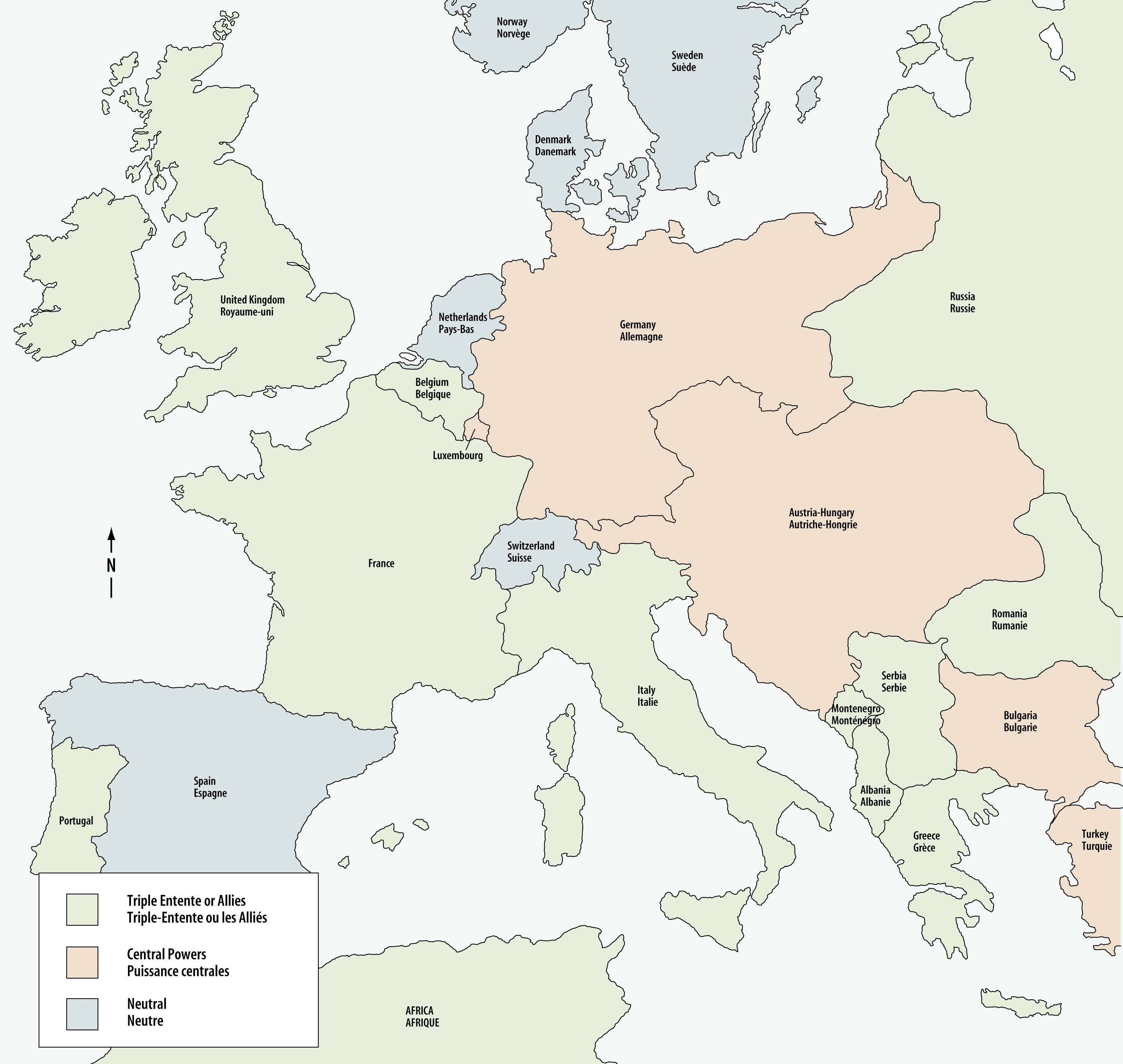


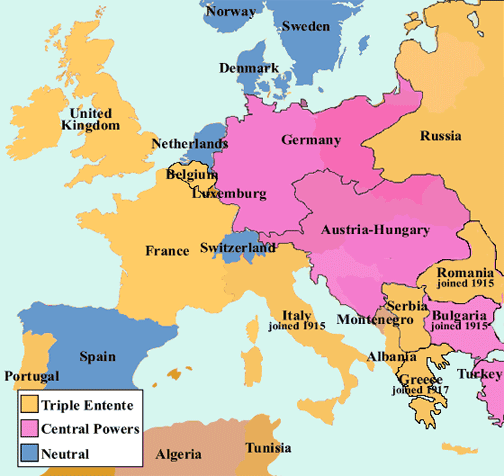


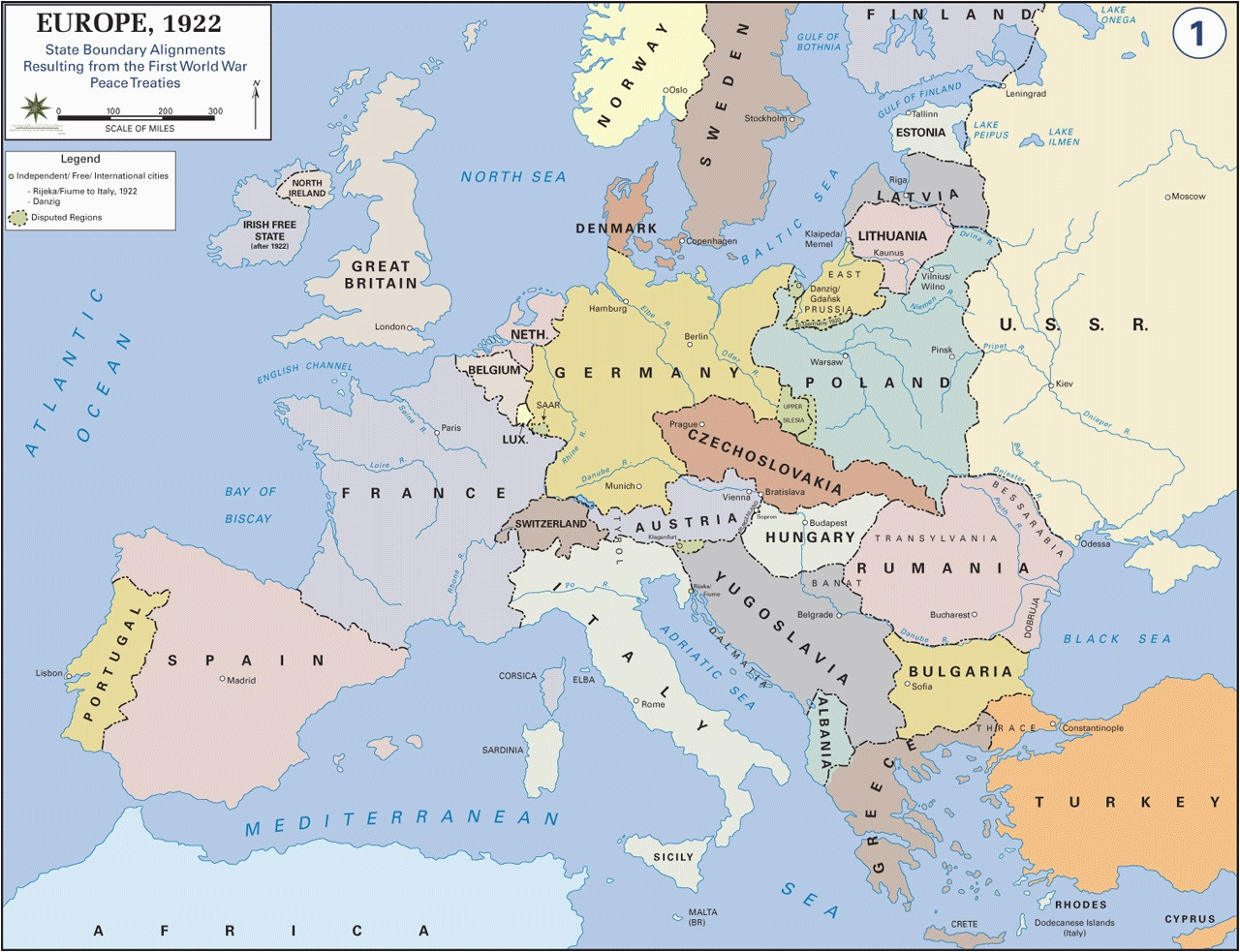



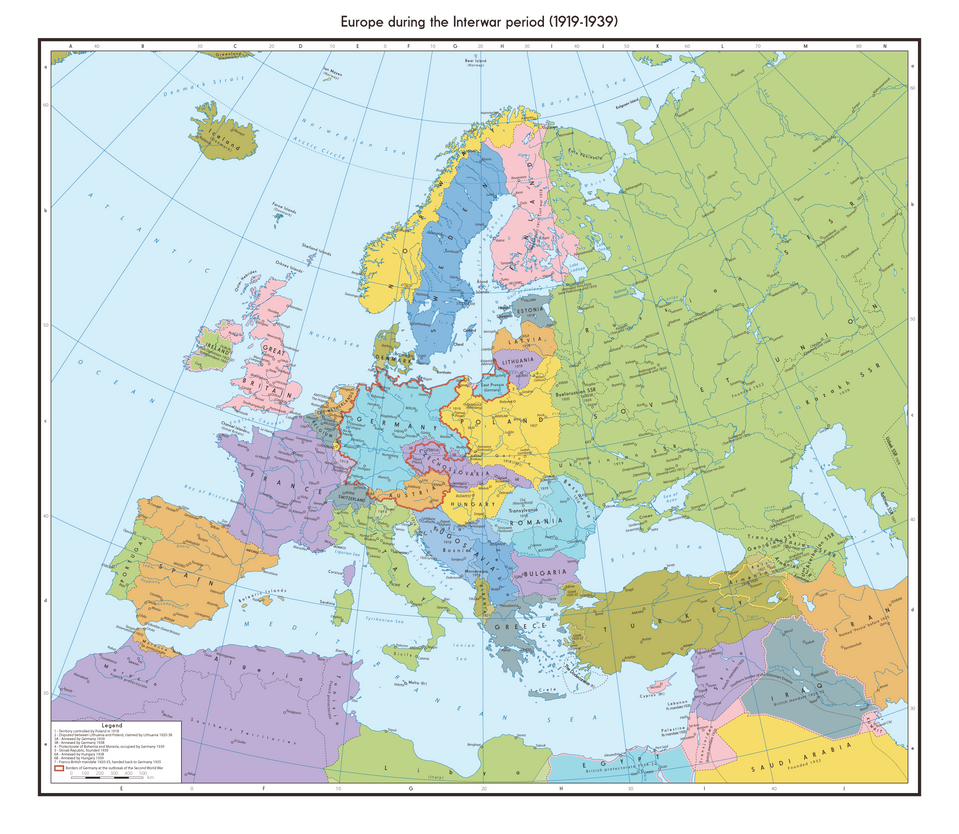

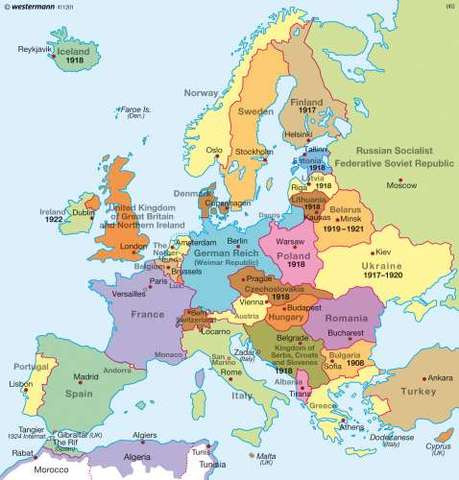



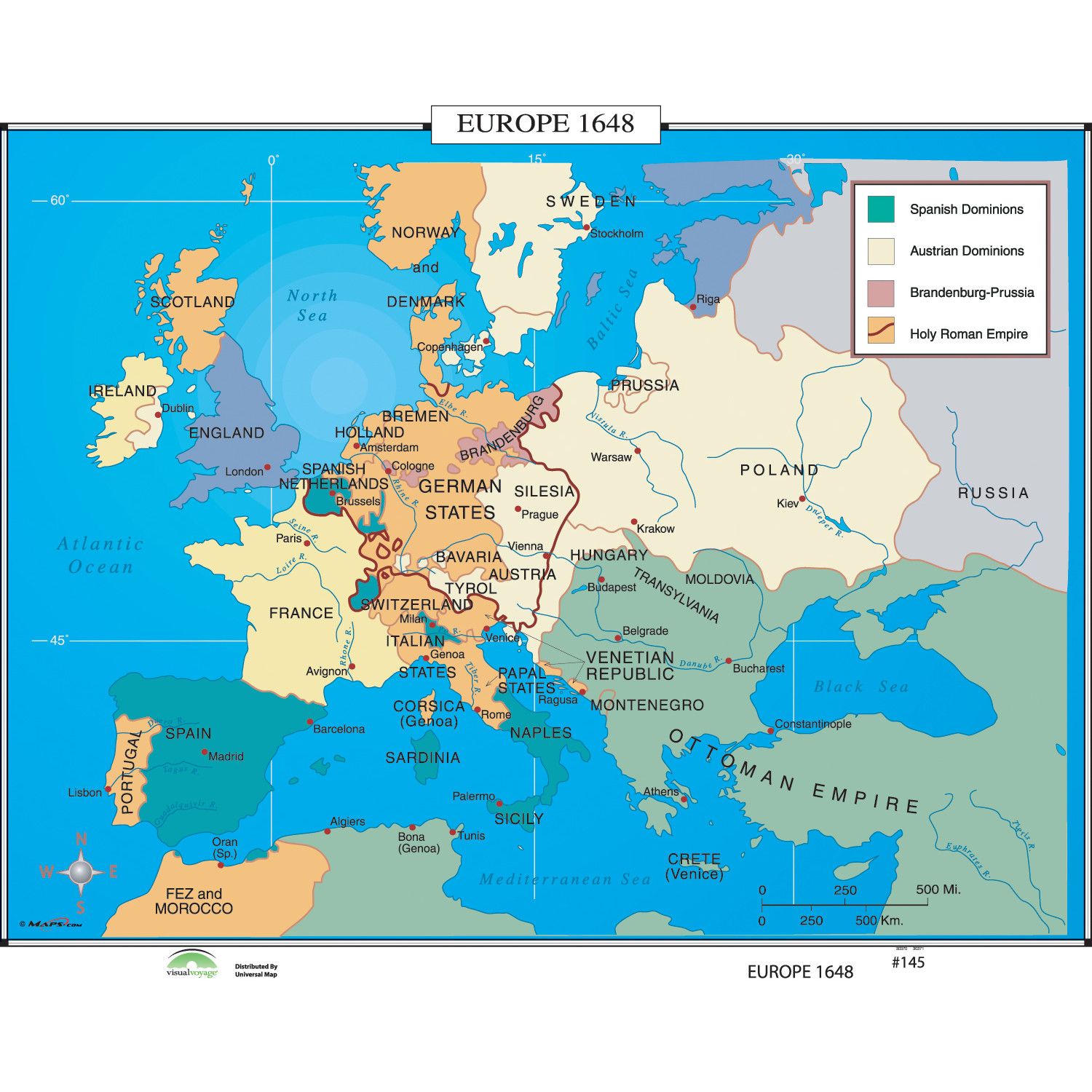

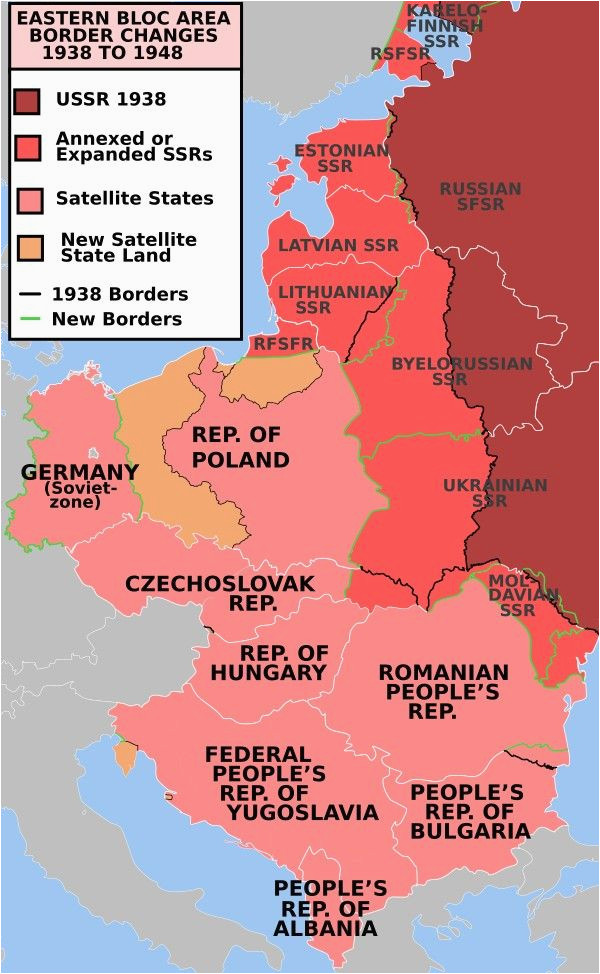
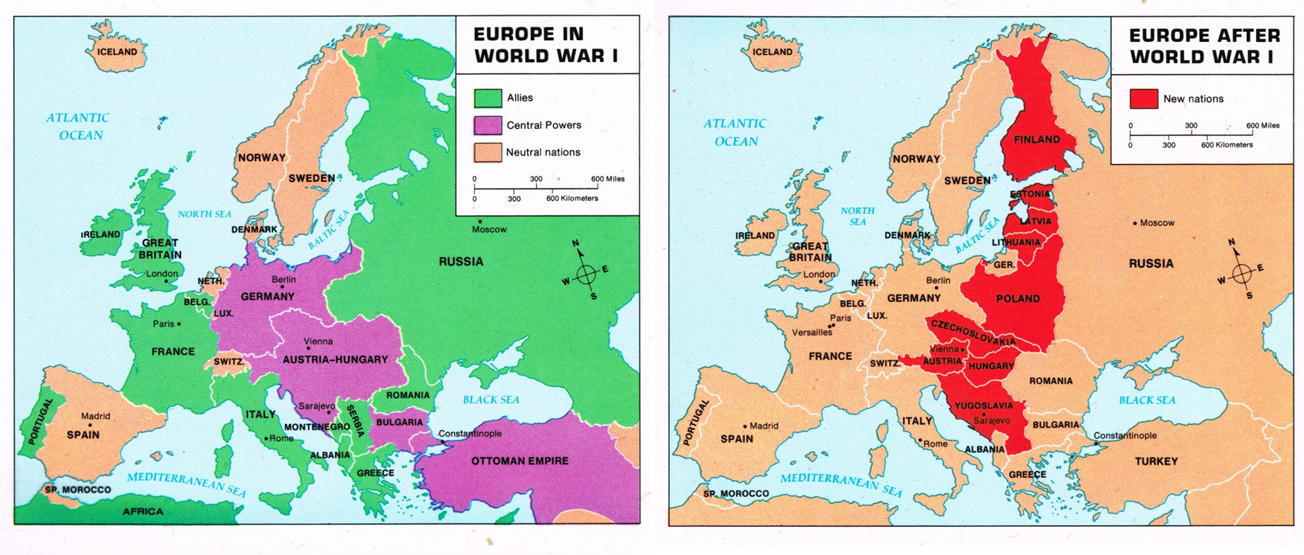
/cdn.vox-cdn.com/uploads/chorus_asset/file/676262/postwar_europe.0.png)











